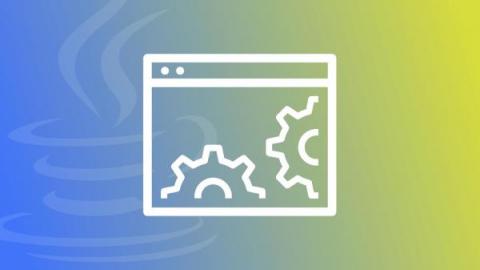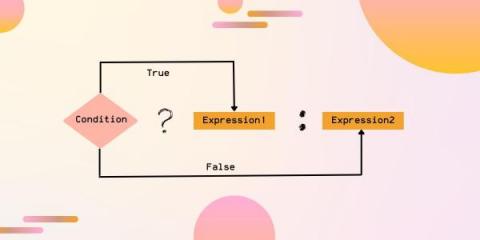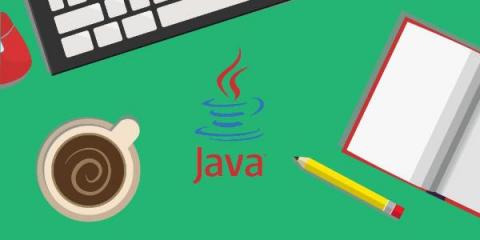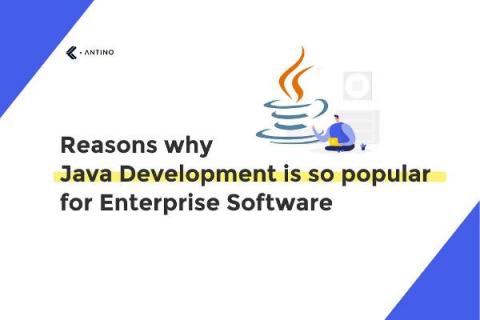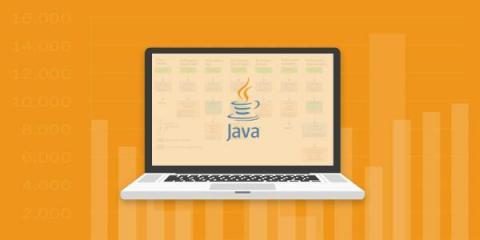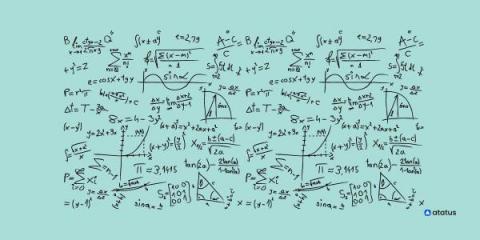Run JMeter tests in Java code
In this blog post, we will run JMeter tests from code. First we will look at how we can create an IntelliJ project in Java to build a JMeter performance test. Once you understand how JMeter tests in code can be written you can start to build tests in your development code base to compliment unit tests or functional tests written by developers during the creation of application and services.



